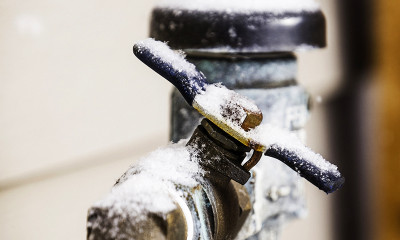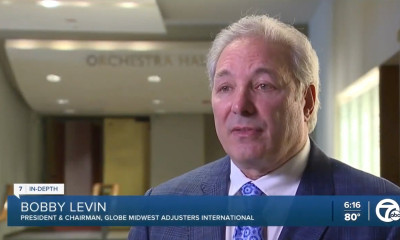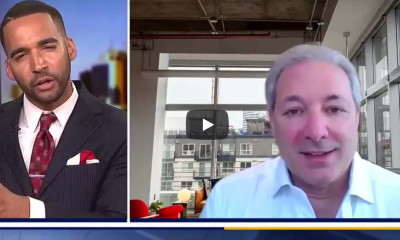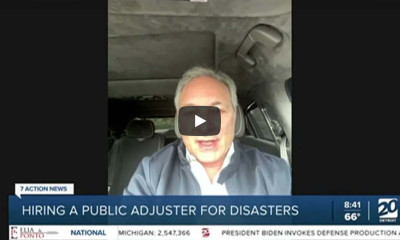Your home is the center of your family.
When it’s damaged, it can be overwhelming to consider everything that needs to be fixed to get back to where you were before the damage occurred. While your homeowners insurance policy will help you pay for the repairs, there are five steps you need to take immediately following a loss to maximize your claim settlement offer and begin repairing or replacing your property.
Safety and Security for You and Your Family
Safety and security should be your first priority. With severe damage, your home may be unlivable, even dangerous. Find a safe place for you and your family to stay until you can return home. Secure your home and its contents, and take whatever steps are needed to mitigate against additional damage. It is not advised to do your own temporary emergency repairs, as damaged property often poses a variety of health and safety hazards. Most homeowners insurance policies cover the expense associated with mitigating your property.
Document the Damage to your Property
When it is safe to enter your home, make sure you examine all of the damage and determine what can be repaired and what must be replaced. DO NOT REMOVE ANYTHING FROM THE PREMISES until your insurance company notifies you they are finished with their investigation of your loss. Take photos, many, from multiple angles, of each damaged area and item. Write detailed descriptions to accompany the photos. You will use this documentation to support the Proof of Loss you must submit before any permanent repair work can begin.
Start a Claim with Your Insurance Company
Once you’ve examined the property, you can start a claim with your insurance company. It’s important to ensure you do this within the time constraints listed in your policy. Failure to act promptly, and in accordance with your policy, can result in your claim being denied. Your insurance company will send you a Proof of Loss form. You will include on it the value you are claiming to repair or replace your damaged home/building(s), Be sure to fill it out completely and accurately, substantiating your valuation with proof— documentation of your damages, coverages promised in your policy, bids from your chosen contractors, etc. Your Proof of Loss values must be approved by your insurance company before any repairs can begin. Be prepared to defend your findings.
Talk to a Public Adjuster
Hiring your own public adjuster will ensure you receive the maximum settlement amount available to you under the terms of your homeowners policy. Your public adjuster will work exclusively for you. He or she will verify your coverage, document and value the full extent of your damages, negotiate with your insurance company on your behalf, and expedite your claim so you can get your life back to normal.
Document and Keep Records of Everything
Keep receipts of all Additional Living Expenses you incur while your home is being repaired. From the obvious, like a necessary hotel stay or rent for a temporary apartment, to the less obvious, like the extra gas you need to drive farther to work each day, proof of these expenses will help you recover them. Detailed records with receipts help show the insurance company exactly what you spent, and make it harder for them to deny payment. These steps are going to help you through the claims process to begin repairing your property, so you can get back to the life you enjoyed before the damage occurred. Remember to contact a public adjuster as early as possible in the process to get the help you need to maximize your settlement.
Successfully Navigating Your Homeowners Insurance Claim
Dealing with a disaster recovery for your home is no easy task. Download Successfully Navigating Your Homeowners Insurance Claim as a resource to help you through the turmoil.














